Guyana is a treasure trove of exotic fruits. Each fruit has unique characteristics and uses, contributing to the region’s rich biodiversity and culinary culture. This article will take you on a journey through the tropical fruit landscape of the Guyana, exploring the unique qualities and health benefits of these fruits. So, let’s get started with Fruits in Guyana!

A trip to the heart of Guyana is like an invitation to a natural fruit feast, where every corner and every tree reveals a new and intriguing flavour. Whether it is the juicy sweetness of the guava, the juicy pulp of the passion fruit or the unique flavour of the sapodilla, Guyana’s fruit kingdom is an explosion of colours, flavours and textures. So buckle up as we take off into the tantalising world of Guyana’s fruits!
Golden Apple
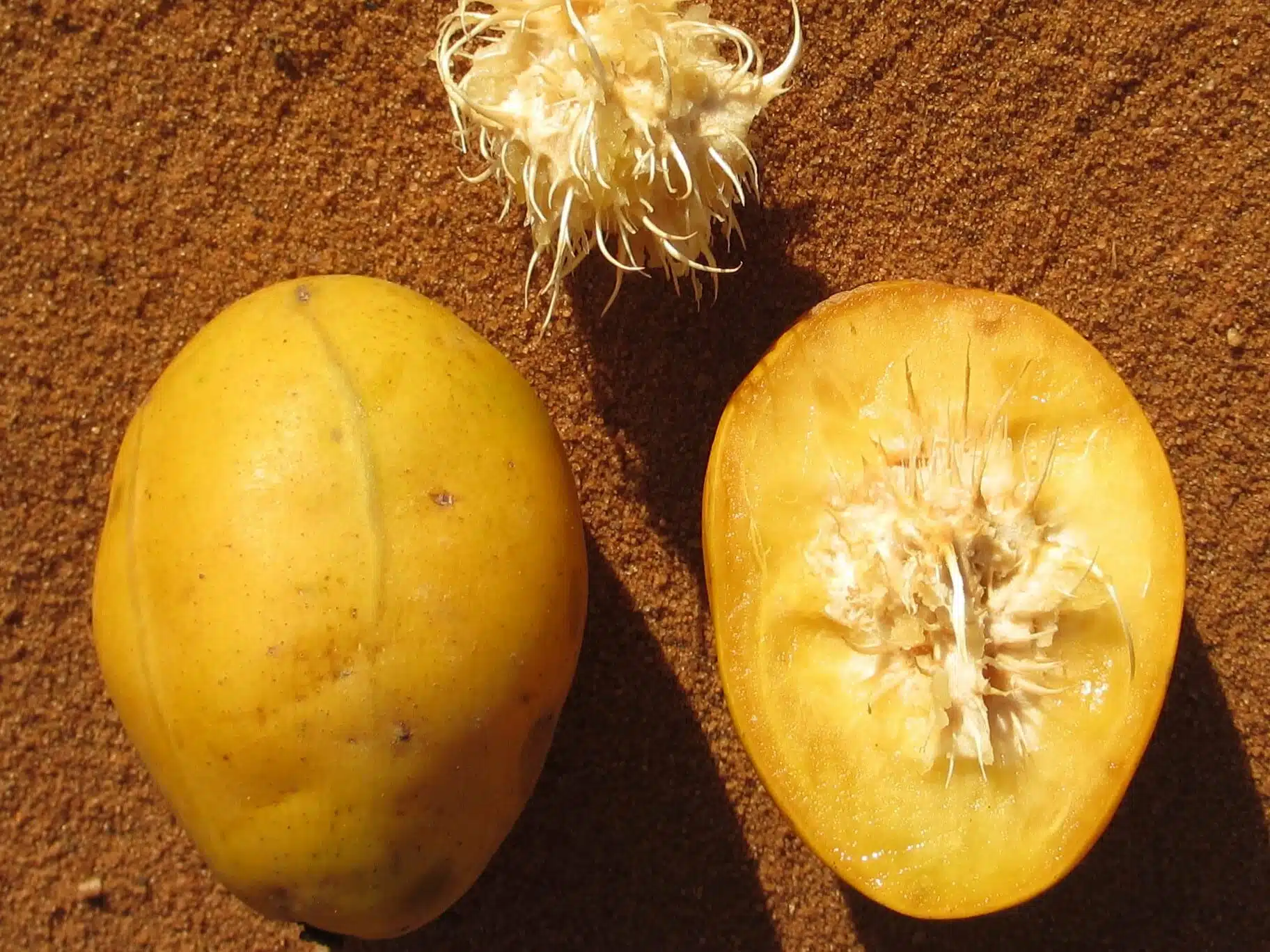
The Golden Apple (from June Plum Tree), known as Pomme de cythère in Suriname, is the national fruit of Guyana. When ripe, this egg-shaped stone fruit delights the taste buds with its sweet flavor, attracting both locals and tourists. People use the young green fruits to make juice, which supermarkets sell in small bottles. Street vendors also pickle the fruit, similar to gherkins, and sell them in beautiful jars or plastic bags. The Golden Apple is a source of essential vitamins and minerals, making it a healthy addition to any diet.
Milk Fruit
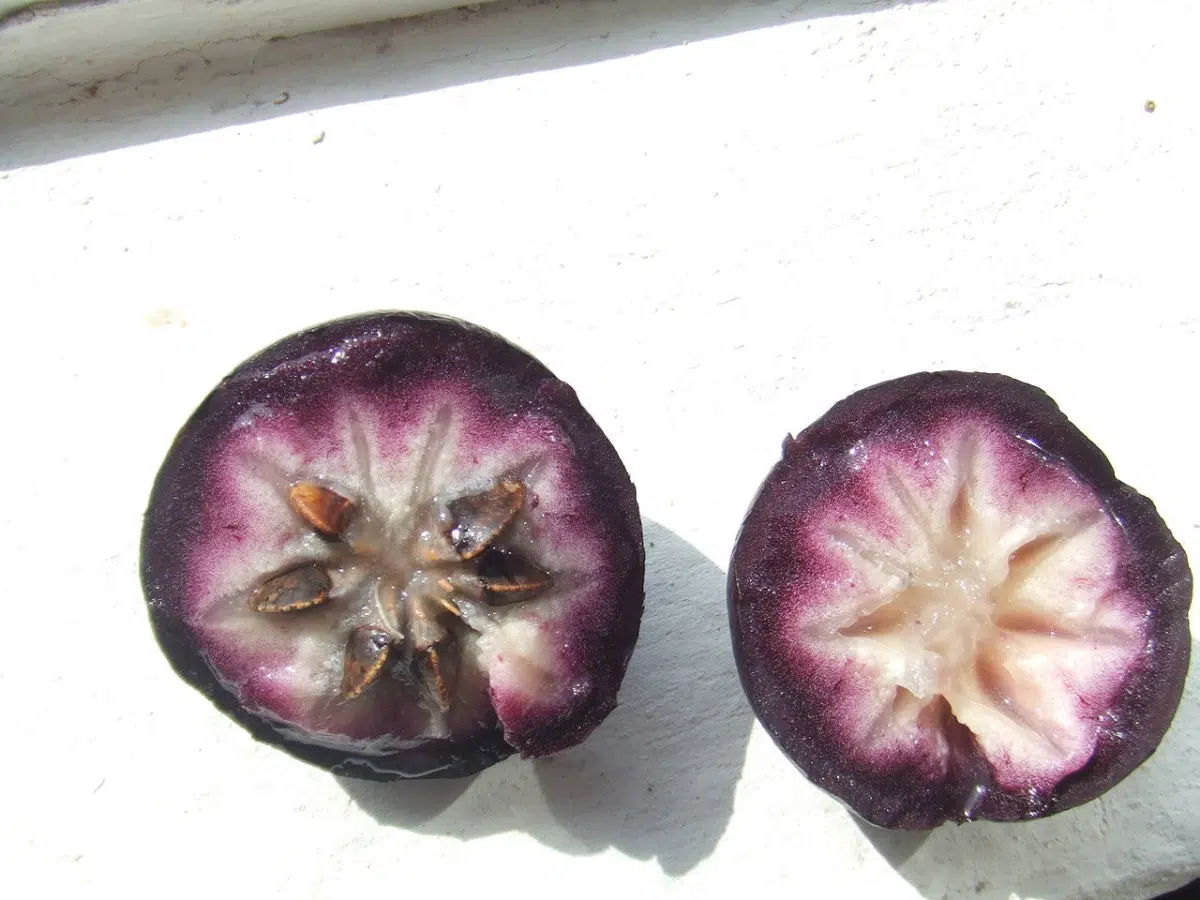
The Milk fruit, known as Sterapple in Suriname, is the national fruit of this country. This fruit belongs to the Sapotaceae family and is known for its rapid growth, reaching up to 20 meters in height. The fruit is round, measuring 2 to 3 inches in diameter, and has a unique star pattern visible in the pulp. Despite its sticky milk-like substance, the Milk fruit is a favorite among the locals. It’s a good source of dietary fiber, vitamins, and minerals.
Bimbli Berry
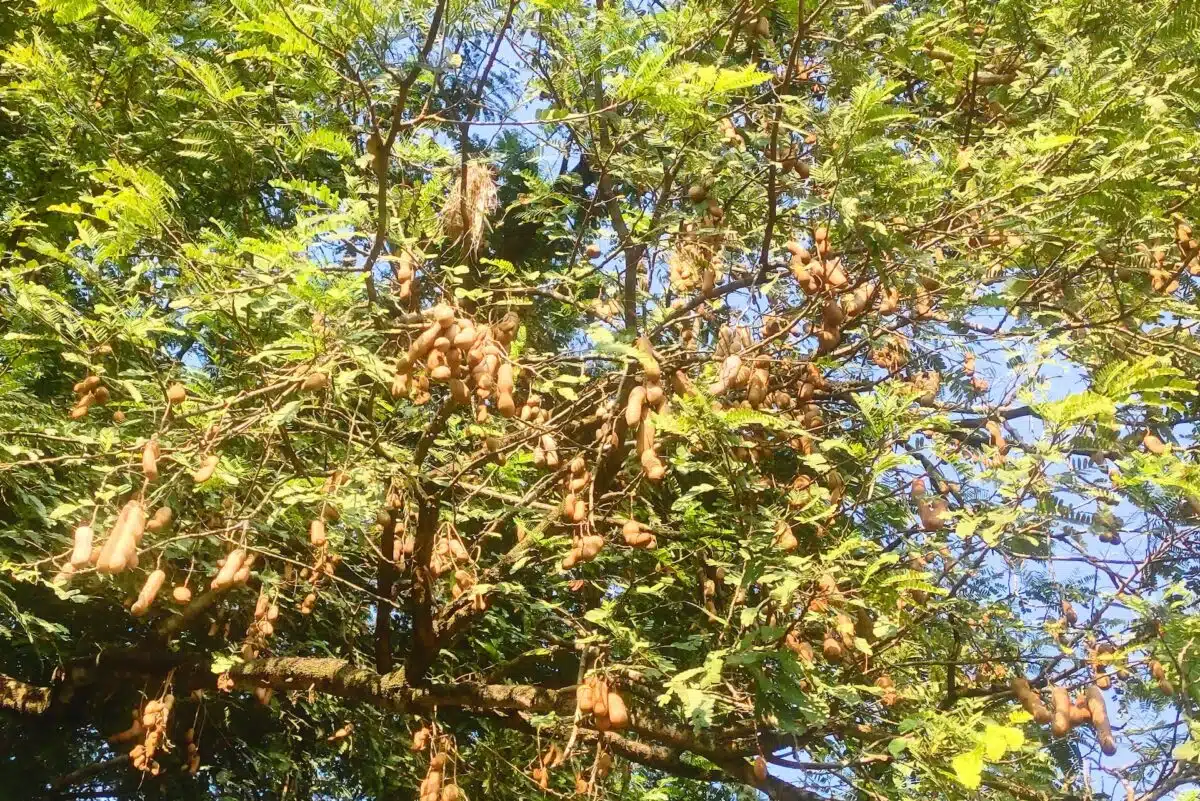
The Bimbli berry (or Bilimbi), also known as Birambi in Suriname, is a fruit-bearing tree native to Indonesia. You can’t eat the sour fruit directly from the tree. Instead, people in Suriname use it as a food seasoning, often transforming it into a chutney with Hindustani herbs, pepper, and salt. The Bimbli berry, rich in antioxidants, serves in traditional medicine for its health benefits.
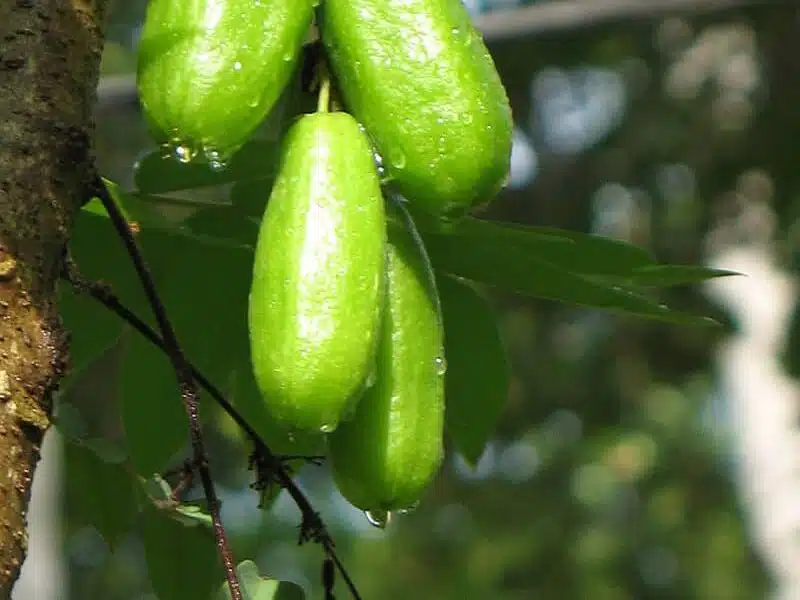
Pitanga Fruit
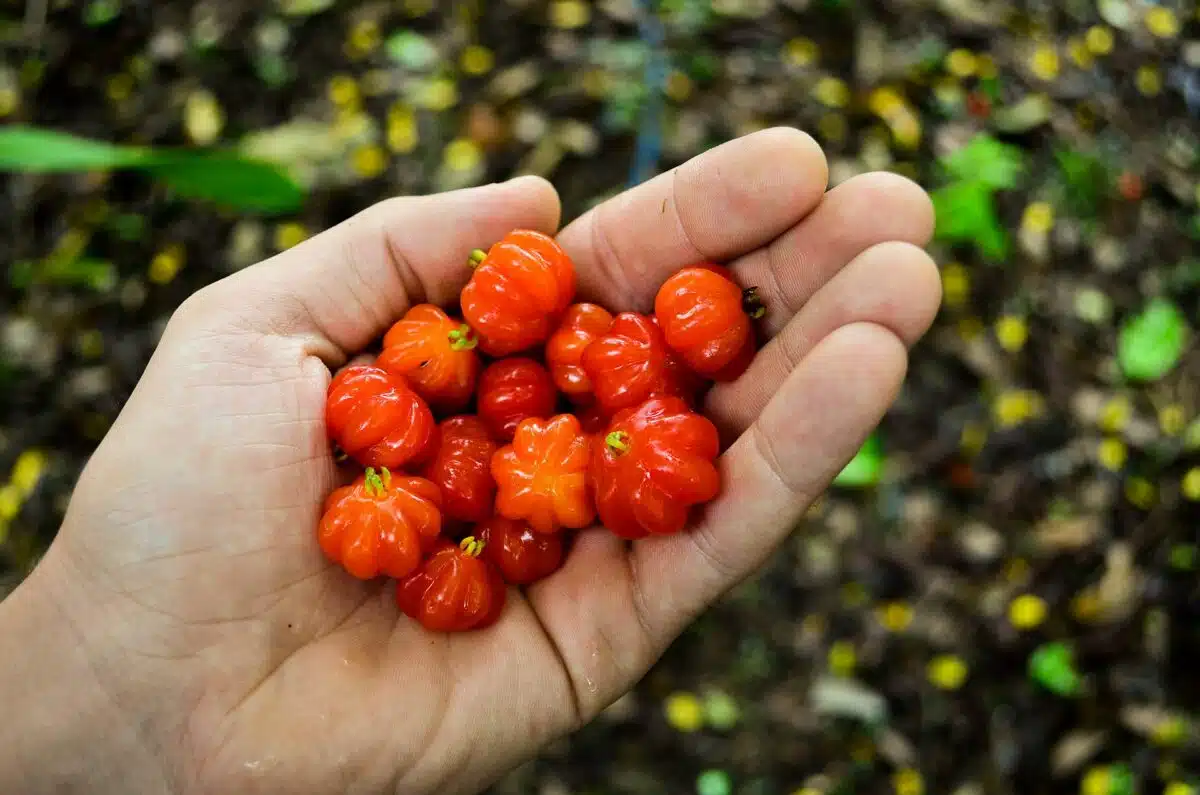
The Pitanga, known in Suriname as the Surinam cherry and among the best fruits in guyana. It is a sour-sweet fruit that blossoms all year round. It is a potent antioxidant and has been used in traditional medicine to treat rheumatic disorders. The fruit is also a rich source of vitamin C, making it a natural immune booster.
Coconut
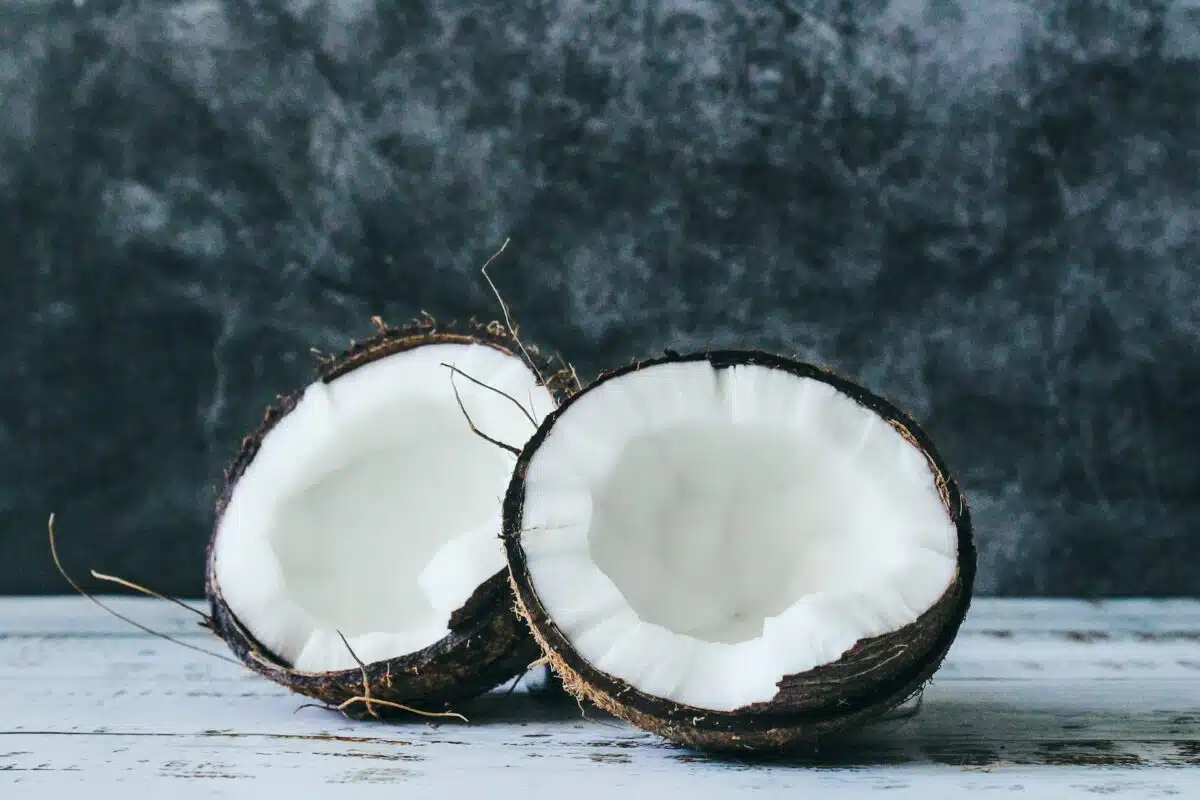
Contrary to popular belief, the Coconut is a fruit, not a nut. The palm trees that bear this fruit are a common sight in Guyana (also in the District Coronie of Suriname). The water of a young coconut is incredibly refreshing, making it a popular choice on hot sunny days. People use the fruit pulp of the mature coconut to make various products, including coconut oil, coconut milk, and sweets.
Import and Export of Fruits in Guyana
In 2021, Guyana exported $99.4k in Tropical Fruits, making it the 138th largest exporter of Tropical Fruits in the world. The main destinations of Tropical Fruits exports from Guyana were Suriname, Canada, the United States, Saint Vincent and the Grenadines, and Barbados. The fastest growing export markets for Tropical Fruits of Guyana between 2020 and 2021 were Suriname, Saint Vincent and the Grenadines, and Switzerland.
On the other hand, Guyana imported $64k in Tropical Fruits in 2021, becoming the 183rd largest importer of Tropical Fruits in the world. Guyana imports Tropical Fruits primarily from Canada, the Netherlands, the United States, Brazil, and Saudi Arabia. The fastest growing import markets in Tropical Fruits for Guyana between 2020 and 202
The Netherlands, Canada, and the United States were the fastest growing import markets for Tropical Fruits in Guyana between 2020 and 2021. The trade of tropical fruits plays a significant role in Guyana’s economy, contributing to both its export and import sectors.
Other Fruits from Guyana
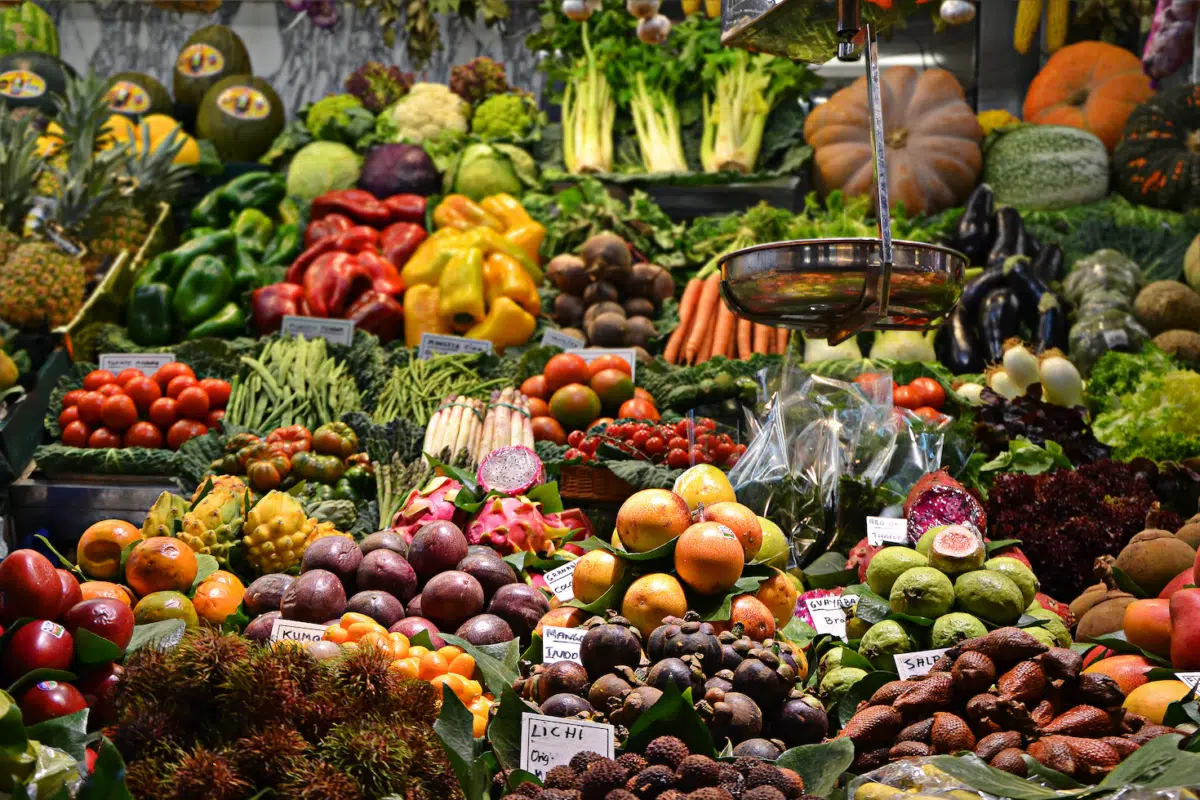
The Caribbean Dictionary lists several other fruits that are common in Guyana. In addition to the fruits already mentioned, there are several other fruits that are common in Guyana. These include
- Bitter Melon: People often overlook ‘corilla’ due to its bitter taste. However, it boasts numerous health benefits and commonly features in many Guyanese dishes.
- Pineapple: This tropical fruit is a favourite of many. Often eaten as a snack, it is also used in a variety of dishes.
- Tamarind: Known for its tangy flavour, tamarind is often used in sauces, marinades and desserts. It is also known for its health benefits, including aiding digestion and promoting heart health.
- Jamun: Native to the Indian subcontinent, jamun is popular for its deep purple colour. It is often eaten raw or used in desserts.
- Caribbean Grape (Seagrape): Contrary to popular belief, grapes do grow in Guyana. The Caribbean Grape, also known as Seagrape, is a local favourite.
- Awara: The Awara palm is known for its sweet, yellow-orange fruit. It is a favourite of many Guyanese.
- Tangerines: After oranges, mandarins are the most widely produced citrus fruit in Guyana. They are even exported to other countries.
- West Indian Lime: Limes are the third most produced citrus fruit in Guyana after oranges and mandarins. West Indian Lime, also known as Key Lime, is a popular choice.
- Guava: Guava is a tropical fruit known for its sweet and tangy flavour. It is often used in desserts and drinks.
Of course, you can also find fruits in Guyana such as apple banana, balanjay, bhaigan, blim blim, boulanger, breadfruit, cashew, fat pork, five fingers, guinep, noni, papaw, souri, star apple and sweet fig. Each of these fruits has unique characteristics and uses, contributing to the region’s rich biodiversity.
Vegetables in Guyana
Guyana, a South American country, is celebrated for its unique flora and fauna. The diverse geography of the country, which includes mountains, clay regions, hillsides, rainforests, and dry savannahs, is a testament to its rich biodiversity. Prior to colonization, native indigenous tribes thrived in the region, nourishing themselves with a variety of nutritious vegetables. Among these vegetables, cassava, amaranth, and sweet potatoes hold a special place.
Cassava
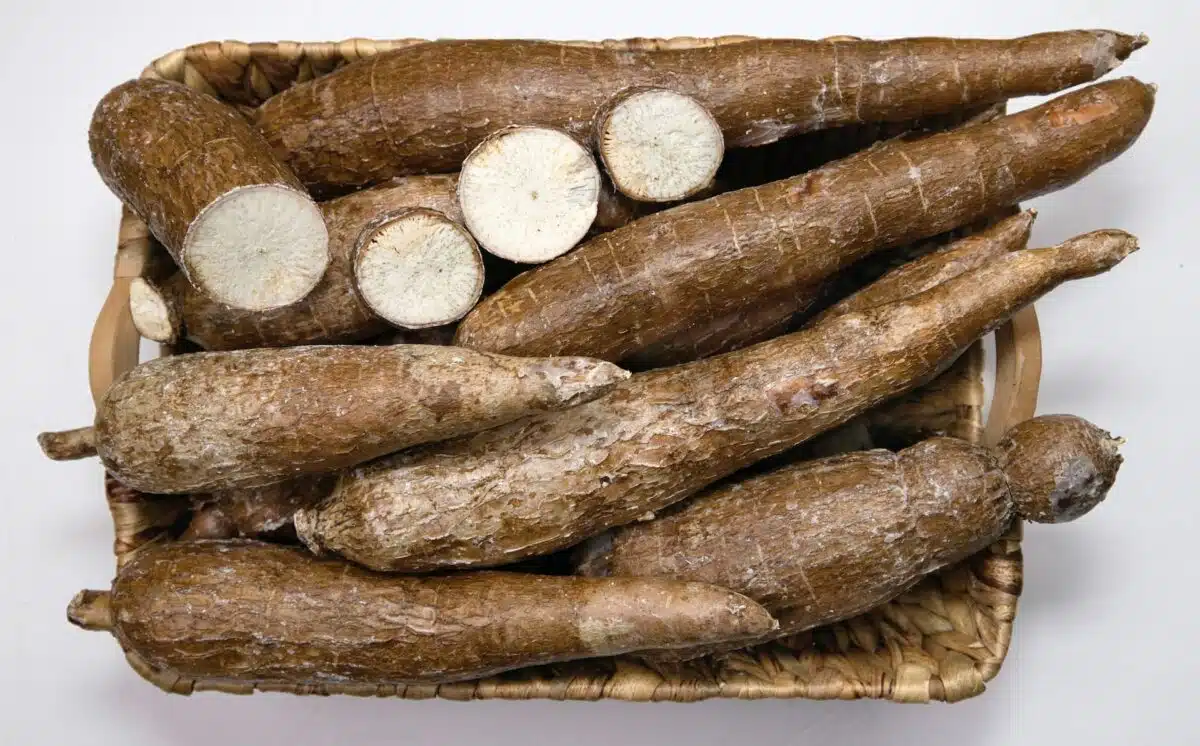
Cassava, also known as yuca or manioc, is a root vegetable indigenous to South America. The tall stature and vivid green leaves characterize this starchy root, which is packed with carbohydrates. People eat the leaves, but mostly consume the cassava root. The elongated root features a woody exterior, with the inside of the cassava appearing either yellow or white. Cassava has served as a dietary staple for a minimum of 10,000 years. However, because cassava contains toxins, no one should consume it raw. People in Guyana often boil and mash it, and they also use it to make a popular beverage, a cassava beer known as kasiri.
Amaranth
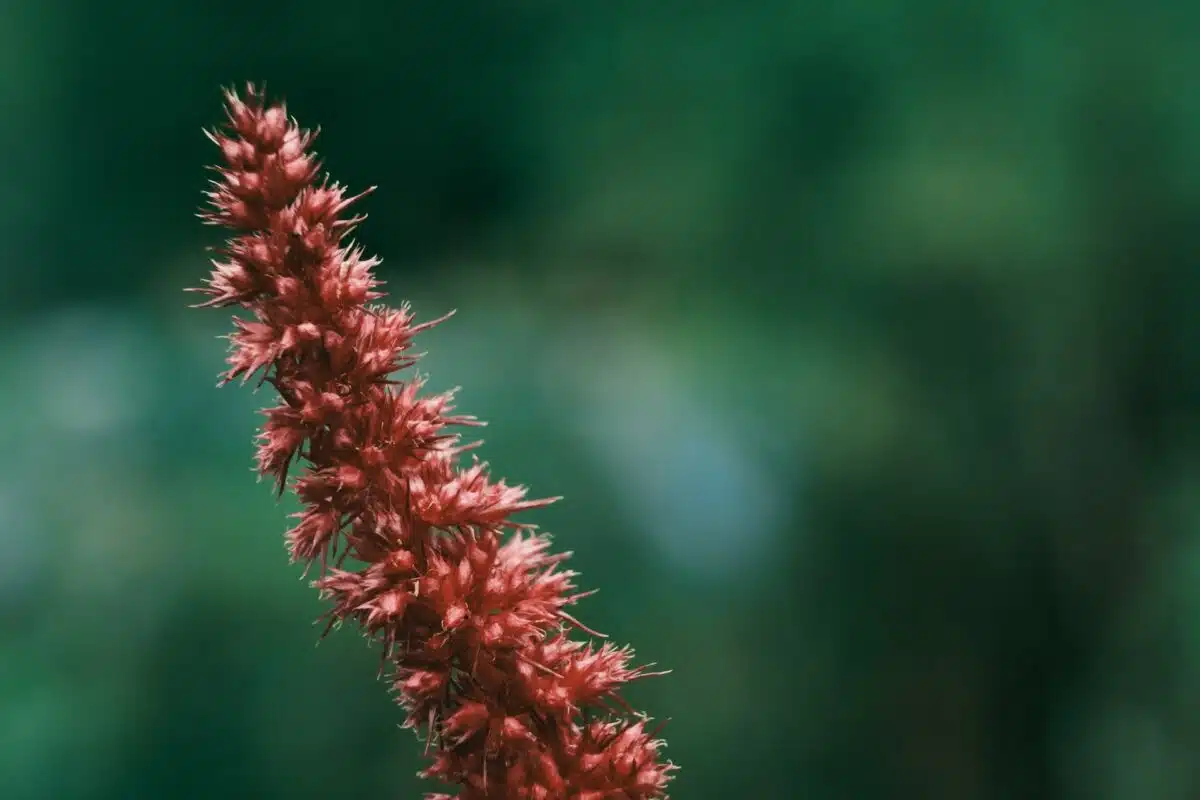
Amaranth, a genus of plants recognized for their large edible leaves, is another common vegetable in Guyana. This genus encompasses at least 75 recognized species, and people use amaranth leaves in many traditional recipes. In Guyana, amaranth often finds its way into a popular dish called Callaloo, which incorporates various leafy greens.
Sweet Potatoes
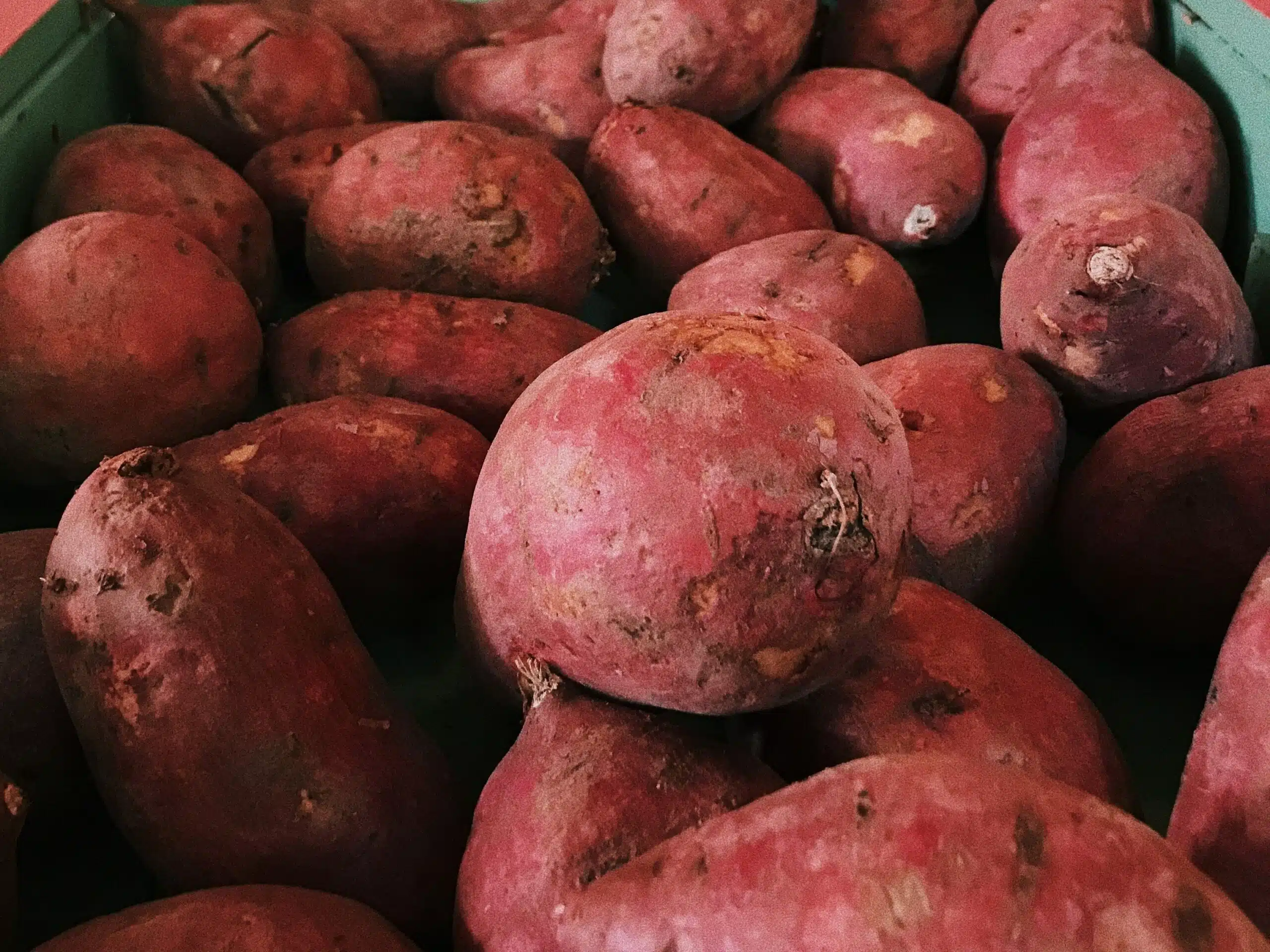
Sweet potatoes, native to tropical South America, have been a crucial part of the diet for many Central and South Americans for at least 5,000 years. These starchy sweet root vegetables stand out with their beautiful and vibrant green vines. People can also eat the leaves as greens. Sweet potatoes require a lot of rain to grow quickly and mature within 2 to 5 months. They also thrive in warm conditions, with an average temperature of 75°F. Sweet potatoes are nutrient-dense, containing Vitamin A, Vitamin C, manganese, and Vitamin B6.
These vegetables, along with the fruits mentioned earlier, contribute to the rich biodiversity of Guyana and offer a unique taste of the tropics.
Conclusion: Fruits in Guyana
The Guyana is a region rich in exotic fruits, each with unique characteristics and uses. From the Golden Apple to the Milk Fruit, Bimbli Berry, Indian Cherry, and Coconut, these fruits not only add to the region’s biodiversity but also contribute to its rich culinary culture. The trade of these fruits also plays a significant role in the economy of the region. So, whether you’re a local or a tourist, make sure to savor the taste of these tropical delights when you’re in Guyana.
Thank you for reading Fruits in Guyana! You can find more guyana articles here: Guyana Blog or our Article about Best Green Fruits!
- National Parks in Montana: A Traveler’s Paradise - June 2, 2024
- National Parks in Arizona: Discover the Wonders - June 2, 2024
- Yucatan National Parks - June 2, 2024

